The exhilarating experience of fishing on the breakwall can be difficult to enjoy because many people are not familiar with the required skill sets, suitable equipment, and techniques.
Breaking down these skills and learning these techniques is difficult and frustrating. It can be an intimidating experience for the novice angler and frustrating for those who want to learn but don’t know where to start.
This article will share a few of the best breakwall fishing tips and help you to have a fun, fulfilling time while fishing at any breakwall.
Breakwall Fishing Tips # 1
What is the best fishing spot on a breakwall?
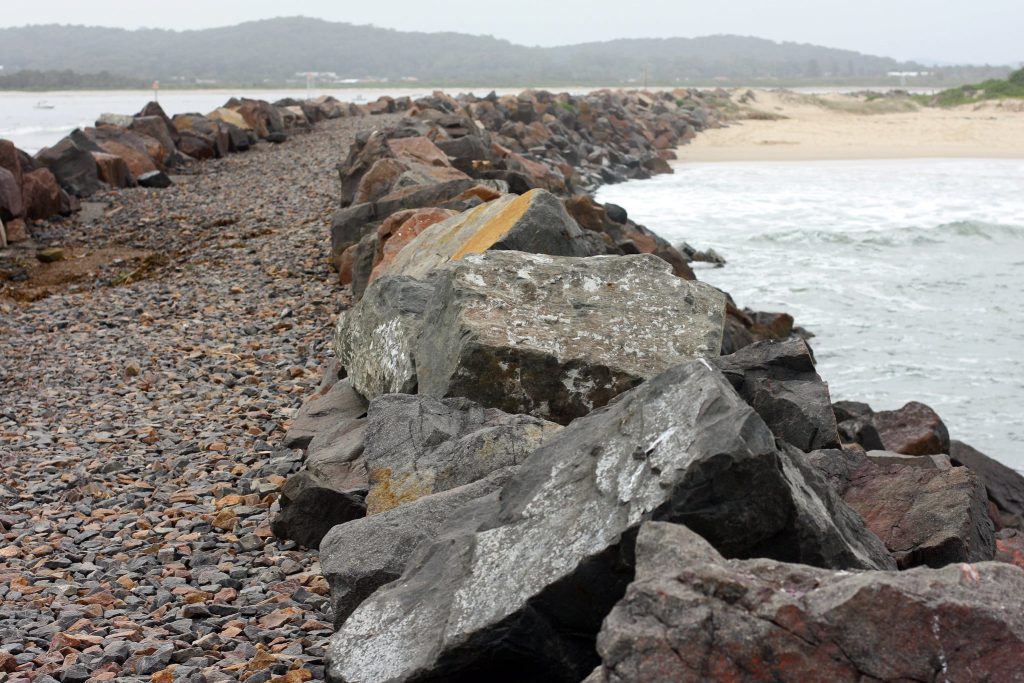
Fishing on a breakwall is a great way to enjoy the outdoors and get fresh air. Breaking waves are fun to watch, and there are always fish in the water around them.
But where should you go to catch the most fish?
In a breakwall, the waves come in and crash against the wall. The water then rebounds off the wall and creates an eddy or swirl. This is where you want to fish.
Eddies are areas where the water slows down, with a back-and-forth flow. The swirls of water catch baitfish, which attract bigger fishes that prey on them.
Breakwall Fishing Tips # 2
What are the types of fish you can catch at a breakwall?
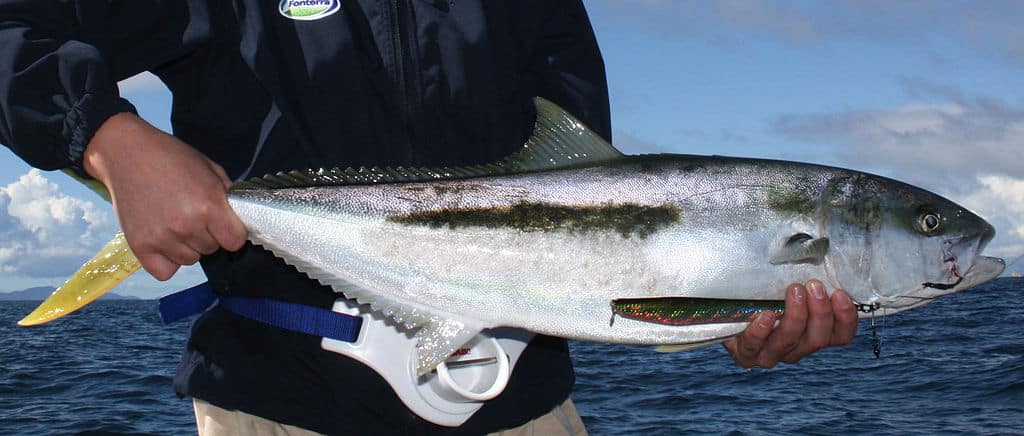
There are many types of fish you can catch at a breakwall. The most common are
- Bream
- Mackerel
- Trevally
- Salmon
- Yellow Tail Kingfish,
- Mulloway, aka Jewfish.
The species you may catch differ depending on your location and the season. For example, you are more likely to catch a flathead in winter or a garfish in the summer. Each type of fish has its own characteristics, so it’s best to do some research beforehand to choose the best time and tackle to catch them.
Breakwall Fishing Tips # 3
What is the best gear for breakwall fishing?

To succeed at breakwall fishing, ensure your gear is up-to-date and in great working order. We can’t give specific advice on what kind of equipment works best since it depends entirely upon your location and the fish you’re targeting. However, these next breakwall fishing tips should give you suggestions and point you in the right direction.
Rod
The first thing you need is a rod.
You can find a rod at many sporting goods stores. It doesn’t have to be pricey and fancy, but it should be of good quality.
Many anglers prefer to use graphite material rods for breakwall fishing. Graphite is faster, more sensitive, and more powerful than other materials like fibreglass.
Although it is less flexible, it is more appropriate for catching larger fish.
If you are new to breakwall fishing, starting out with a medium-light to medium-action rod between 7 and 8 feet in length is best as an all-rounder.
This will give you enough control over your line and bait while still being able to cast far enough over the edge of the breakwater.
Once you have some experience under your belt, upgrade to larger rods if desired.
Reels
Get a reel that will hold enough line for you to use various types of baits with different weights. Most reels on the market today can hold around 125 metres of line, which should be enough for most people.
Another one of the important breakwall fishing tips to remember: Fishing with a reel with too little line will make your day more frustrating than enjoyable if you’re planning to catch big fish. Get a reel with at least 180 meters of line if you’re targeting these monsters.
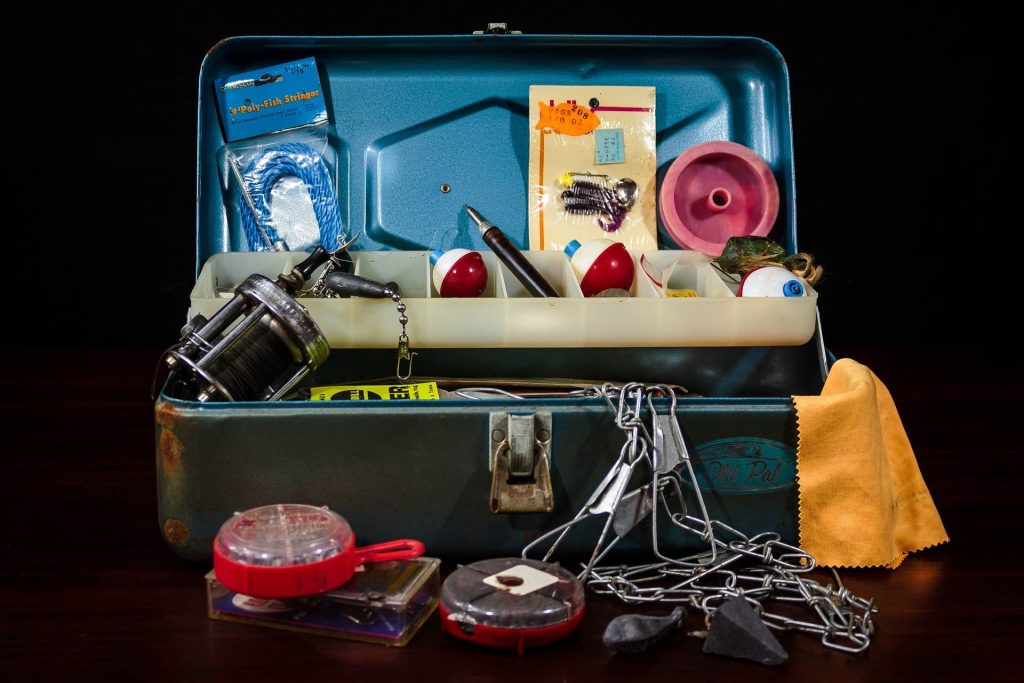
Hooks
Hooks are an integral part of any fishing trip. They are what you use to catch your fish, and the strength and quality of your hook are directly related to how well you can pull in a big catch.
One of the simplest breakwall fishing tips, when it comes to breakwall fishing, the hook you should have depends on the species of fish you’re planning to catch.
- Size
When fishing for small species, such as bream or whiting, it is best to use a hook of 1/0 or 2/0. For larger fish, such as mulloways and flatheads, it is best to use a hook with a size of 4/0-6/0 or higher.
- Shape
The shape of your hook depends on the species of fish you are planning to catch. For example, if you are fishing for mulloway or flathead, it is best to use a hook with a wide gap or large barb.
These hooks will make it easier for you to set the hook quickly and efficiently when the fish bites.
- Material
You can choose between steel and stainless steel hooks. You can’t go wrong with either steel or stainless hooks. The only difference between them is that steel hooks will rust faster than the stainless, but this doesn’t affect how well they catch fish since they both have great durability! Stainless steel hooks are perfect for those who fish often or plan on fishing in salty water.
Line
As far as line goes, there are many different varieties available today, including braid, monofilament, fluorocarbon, and natural fibre lines.
Each one has its advantages and disadvantages, but what works best will depend on your fishing style and experience level, as well as the type of fish that you’ll be targeting during your trip.
- When you are targeting smaller fish, either monofilament or fluorocarbon lines will do the trick. When fishing in saltwater, it’s best to use a fluorocarbon line as these lines are less visible than monofilament. Fluorocarbon lines are typically also more abrasion-resistant and can withstand more before getting damaged by harsh conditions like UV rays.
- If your goal is catching bigger game fish and you want maximum strength for when things get tough – Braided lines offer the strongest and most durable form of fishing line. They can handle even big fish without breaking, but they are more difficult to use than monofilament or fluorocarbon lines. Braids tend to come at an expensive price point though, so you’ll have to decide if it’s worth saving some money.
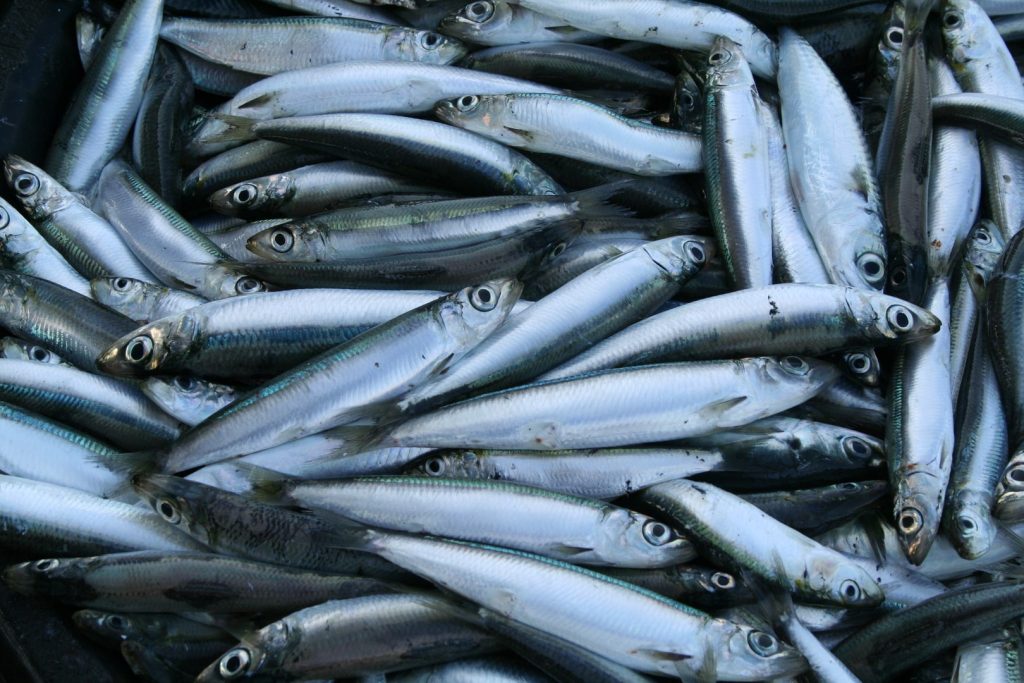
Breakwall Fishing Tips # 4
What is the best bait for breakwall fishing?
The best bait for breakwall fishing depends on what fish you’re targeting.
It’s very important to know your target fish; if you don’t know exactly what your target fish prefer to eat, then you’re really taking a gamble by throwing some bait out in the water and hoping for the best.
For example, if you’re fishing for salmon, you’ll want to use something like pilchards or squid. If you’re fishing for flounder, you’ll want something like shrimp, mullet, or even smaller flounders.
Breakwall fishing tips on saltwater baits:
- Beach worms
- Squid
- Yellow tail scad
- Pilchards
- Mullet
- Prawns

Breakwall Fishing Tips # 5
What is the best time to fish at a breakwall?
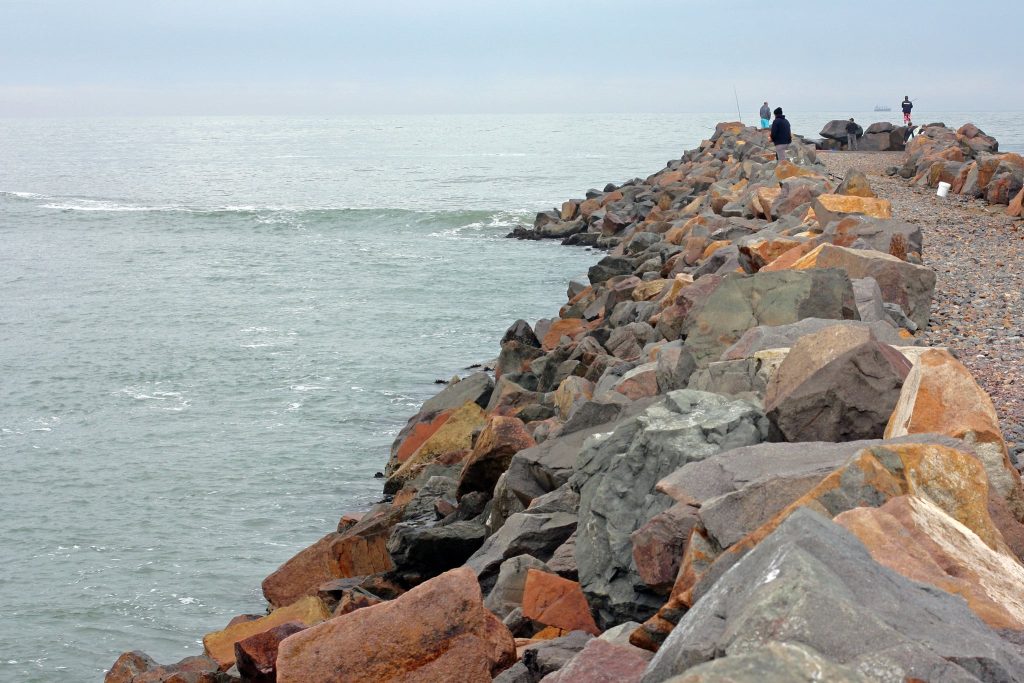
Breakwalls are great for fishing during incoming and outgoing tides, which means fishing can be done during the day or night.
The specific time, however, will depend on the species of fish you’re planning to catch, as different fishes have varying levels of activity throughout the day.
For example, mackerel are most active early in the morning or late at night.
Breakwall Fishing Tips # 6
What techniques are good for breakwall fishing?
Fishing from a breakwall can be an excellent way to catch some fish. Many people will spend their entire lives without ever experiencing the fun and excitement that comes with fishing from a breakwall.
They may miss out on one of the best ways to enjoy the outdoors. These breakwall fishing tips will describe three techniques of fishing from a breakwall.
Trolling
Trolling is a technique that employs dragging hooked lures or baits through the water from moving boats. Trolling is one of the most popular methods used by anglers who fish from breakwalls. This can be done by casting your line out into the water and then reeling it in a while moving forward.
The best way to start trolling is by using lures with very little weight to stay near the surface instead of sinking straight into the depths below where most fish live.
This is why lighter lures are best when first starting, as they drift more naturally through the water column rather than sinking.
You don’t always need an expensive boat or catch fish – you can also troll fish with a foot-pedalled kayak! Kayak trolling is a great way to catch fish because the slow speeds and finesse of trolling from a kayak are a huge advantage as it makes it easier than other techniques.
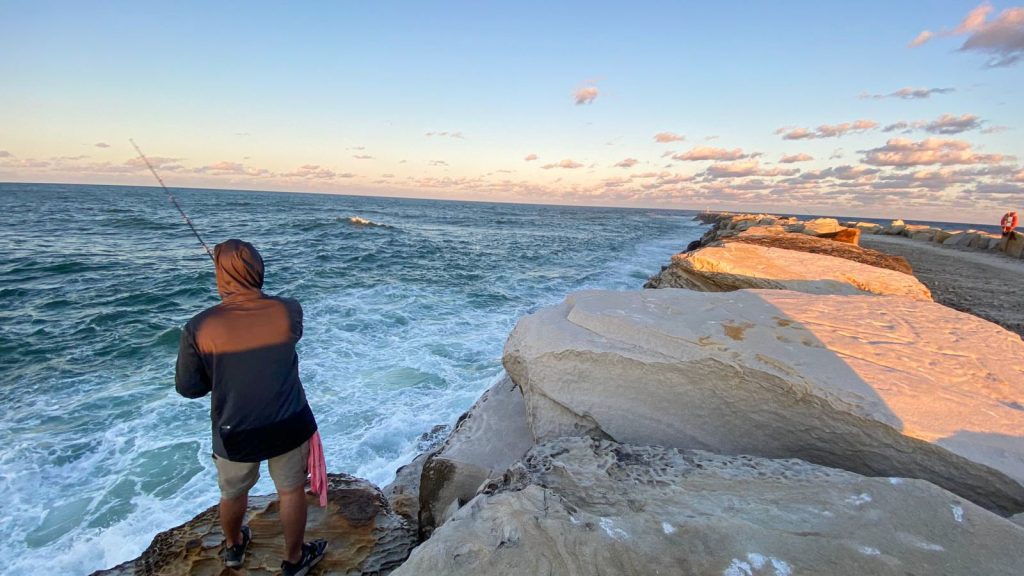
Bottom Fishing
Breakwall fishing tips on bottom fishing:
Another popular and quite simple technique is bottom fishing, where you attach your line to a weighted hook, and then use your rod and reel to cast it out into the water.
Once the hook hits the bottom of the ocean, you wait for a fish to swim by and get caught.
Shore Jigging
Jigging involves putting an artificial lure, like a soft plastic lure, into the water and then jiggling it back and forth, mimicking the erratic movements of an injured baitfish.
Jigging is simple. All you have to do is cast your lure out and let it sink to the bottom, then begin jigging. You can make short, sharp up-and-down or side-to-side movements. You can even combine both.
The key is to keep that lure moving at all times to attract fish.
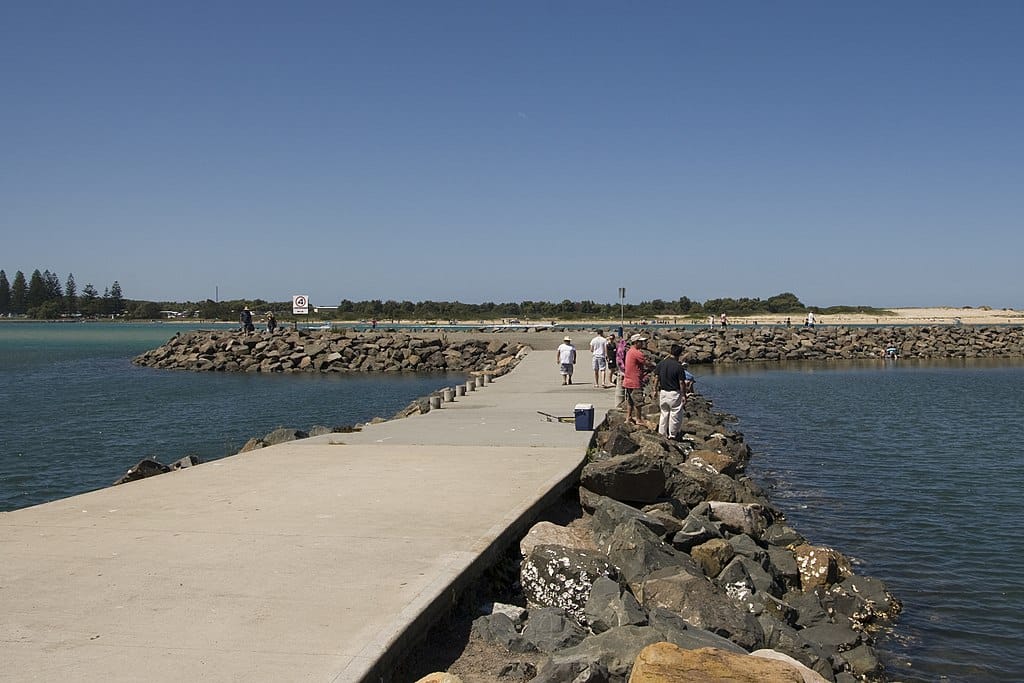
Breakwall Fishing Tips – Conclusion
Make your breakwall fishing experience more successful and pleasurable
Breakwall fishing is a sport that is growing in popularity, both for the thrill of catching fish and for the sheer beauty of being able to pull up to a breakwall, set up your rod and reel, and watch the waves roll in.
Whether you’re an experienced fisherman or just want to try something new, we hope you’ve enjoyed and found value in these breakwall fishing tips.
You Might Also Like:
If you enjoyed reading this blog post on breakwall fishing tips, you might also be interested in:
- 6 Useful Tips on How To Catch Flathead
- 11 Simple Beach Fishing Tips – Easy For Beginners
- How to Drone Fish 101 – Ultimate Guide To Help You Catch More Fish
Tags: Breakwall fishing tips, Breakwall fishing tips for beginners, Breakwater Fishing, Simple breakwall fishing tips, Expert breakwall fishing tips, Breakwall fishing tips Australia, Breakwall fishing tips Sydney


Recent Comments